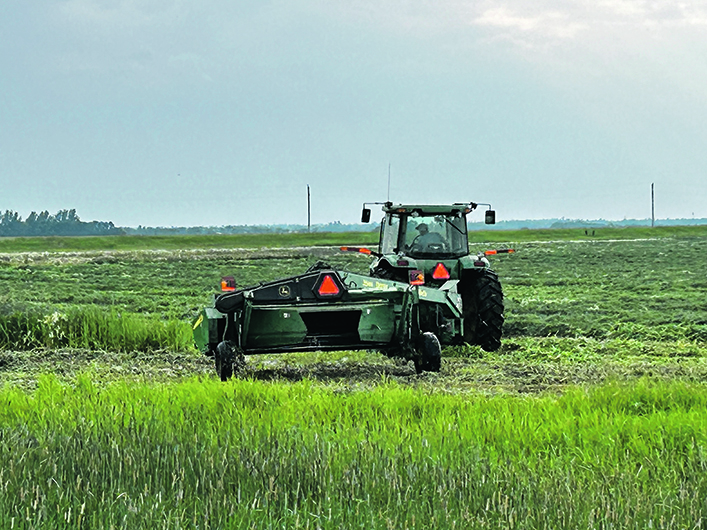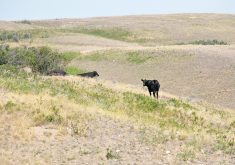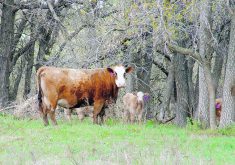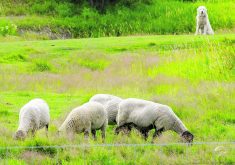Mother Nature has not co-operated with the first hay harvest in parts of the Prairies, but there are some tips that can help
Glacier FarmMedia – After years of drought, livestock producers are now managing excess moisture in hay fields.
The first cut in Manitoba hit speed bumps. June was cool, and widespread rains left little window to harvest dry hay. Farmers had a difficult time targeting ideal protein and digestibility and some fields were inaccessible due to mud.
Manitoba Agriculture livestock specialist Pamela Iwanchysko said many producers are ensiling their first cuts if they can get into their fields.
Read Also

House ag committee to undertake several studies
The House of Commons standing agriculture committee has set its agenda for the coming months. Members began the fall sitting with a two-hour update on international trade
“They’re trying to get the highest quality that they can with the wet conditions, so certainly a lot of them are going around potholes and low-lying areas,” she said.
As of June 25, the province’s weekly crop report only had hay completion estimates for eastern Manitoba, where about 60 per cent of the first cut was done. By July 9, the province reported that “rain events continue to make field access difficult and are not allowing for sufficient drying time of cut forages.
“Progress on first-cut harvest of hay fields is behind and producers are concerned about both the quantity and quality of harvested feed that will be available this winter. Producers have turned to bale wrapping to make silage bales as drying conditions have been difficult.”
Hay cutting was helped by heat in the second week of July.
Some farmers opt for a sickle rather than swathing, Iwanchysko noted.
“It has the capacity to dry faster when it’s completely accessible to the sunlight, versus in a swath.”
Dan Undersander, a forage specialist from the University of Wisconsin-Madison, advises producers to make their swaths as wide as possible and turn them so the contents of the entire swath are exposed to sunlight and wind.
“There’s certain things that producers can definitely do,” Iwanchysko said. “The biggest thing right now is that the ground is saturated and wet, so anything underneath the swath, if they can access it in the first place, is going to remain moist.”
Producers can also crimp hay to help it dry quicker.

The decision to ensile is case by case, Iwanchysko said, depending on field accessibility, drainage and access to silage equipment. If relying on custom silage, there’s no promise that a producer can find a company with time in its schedule.
If silage isn’t feasible, producers will just have to wait until fields are dry. Feed tests early in fall will indicate any need to supplement for nutritional gaps that result from haying delays.
“That’s the number one recommendation that we’ve always made and it’s really important, because (poor nutrition) leads to issues with rebreeding and conception rates and just overall herd health, and that’s a big factor when you’re trying to maintain a good herd health composition,” Iwanchysko said.
Most dairy producers in Manitoba have switched to silage, but may still favour dry hay for heifers.
Sean Smith, a dairy producer near Minnedosa, said frequent rain delayed his dry hay baling by 10 days to two weeks. Producers who have been waiting for better weather are quickly running out of time, and tough decisions are being made, Smith said.
“For us, we would have to make that decision pretty quick, because we want to … make sure that we use that moisture that we have right now for the second cut, just in case it does get dry.”
Silage is the common answer for a hay crop that won’t dry but it also costs more and doesn’t always store as well as dry hay.
“If you’re doing silage bales, which we do, you’re not getting much more than 18 months worth of storage. Where dry hay … it can last two years pretty easily,” Smith said.


















